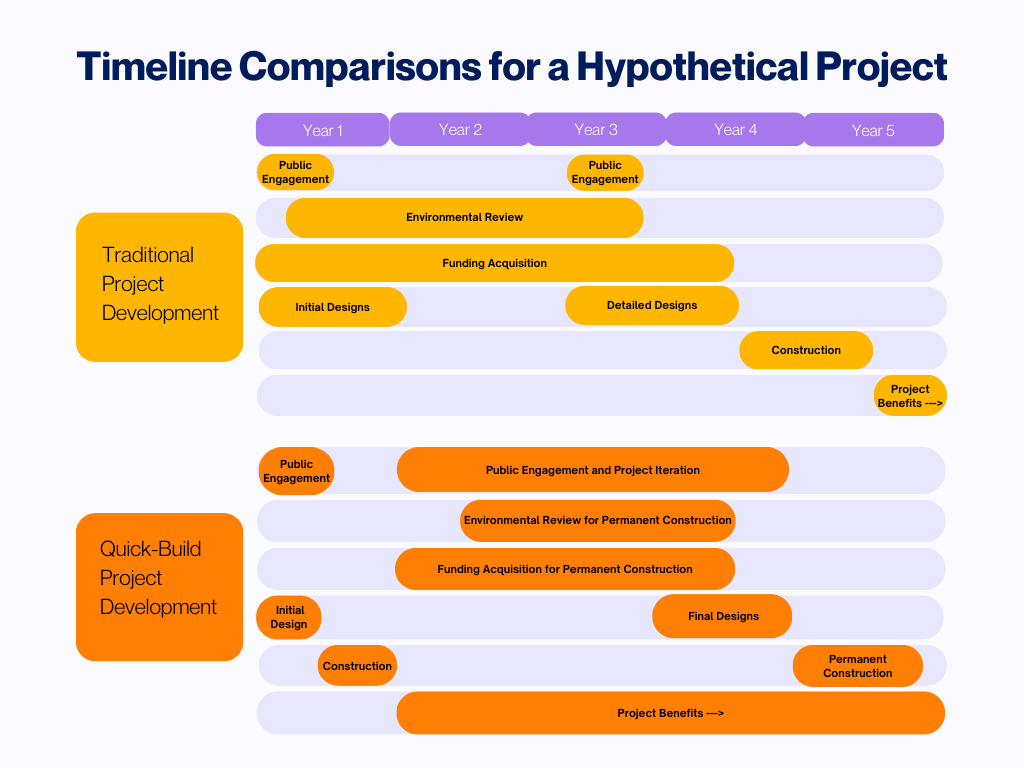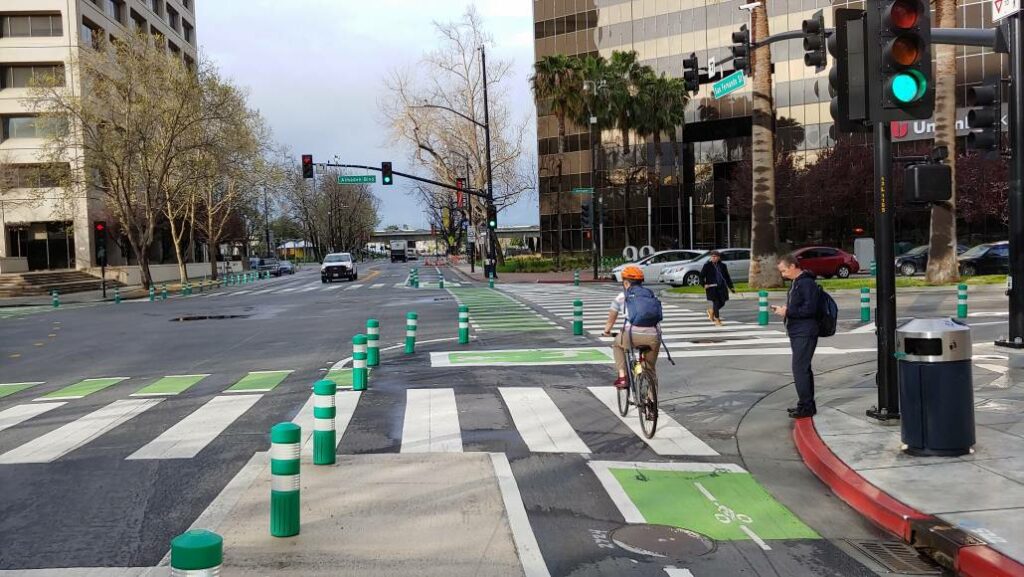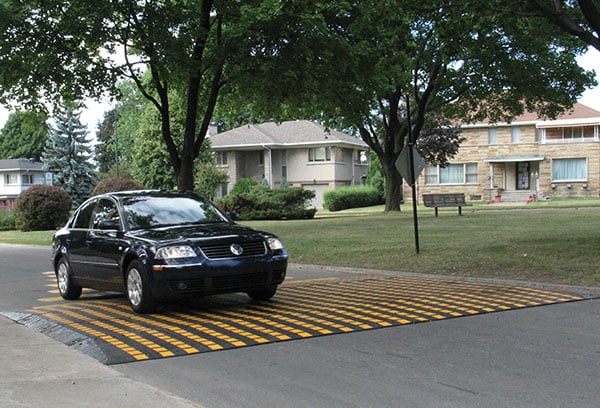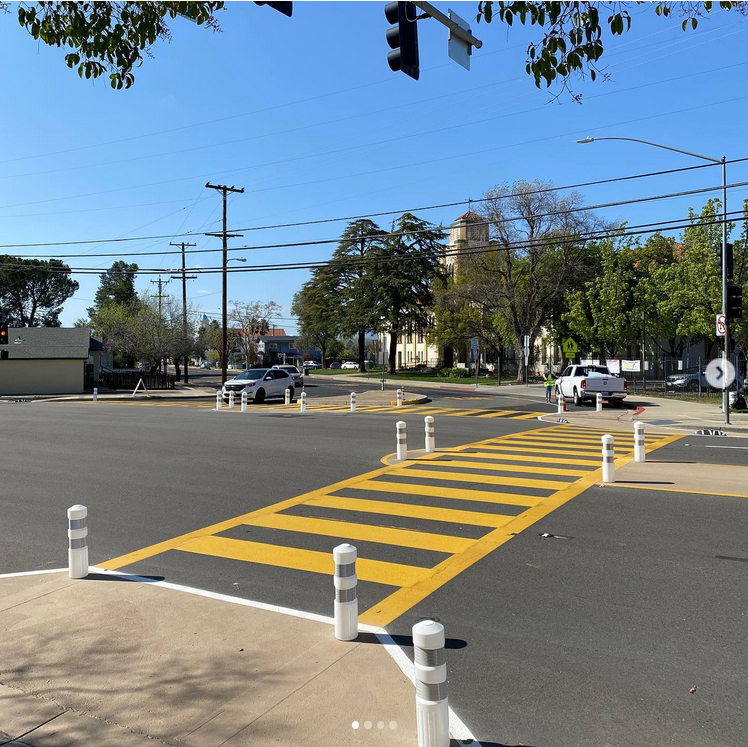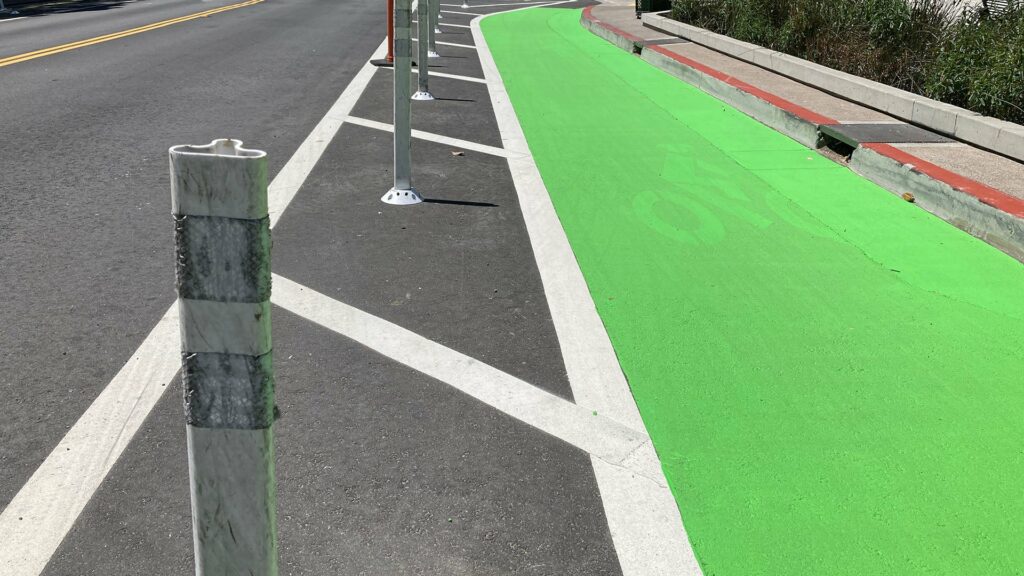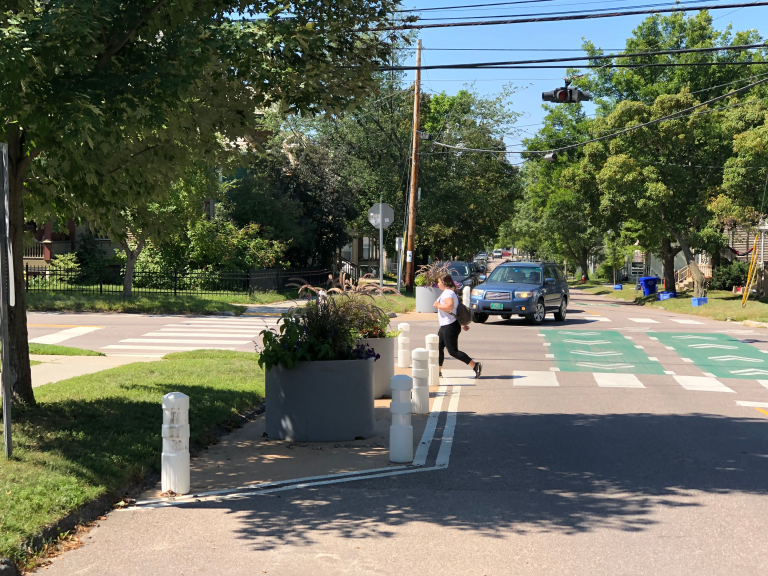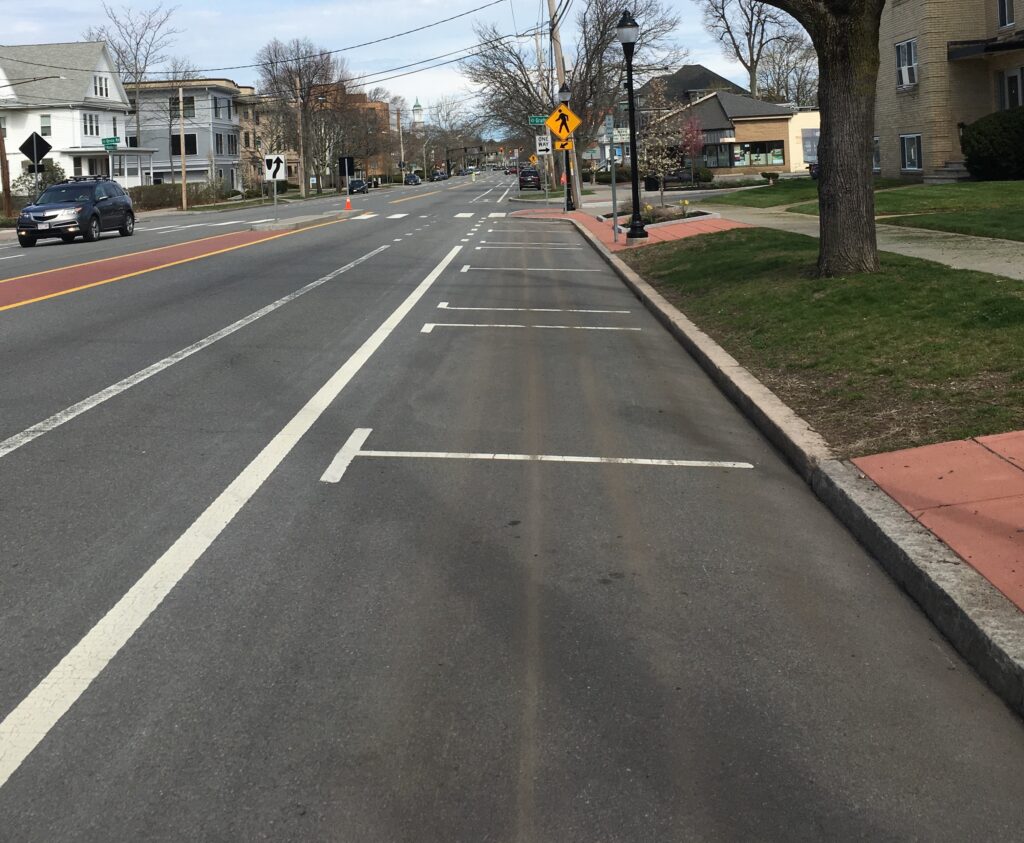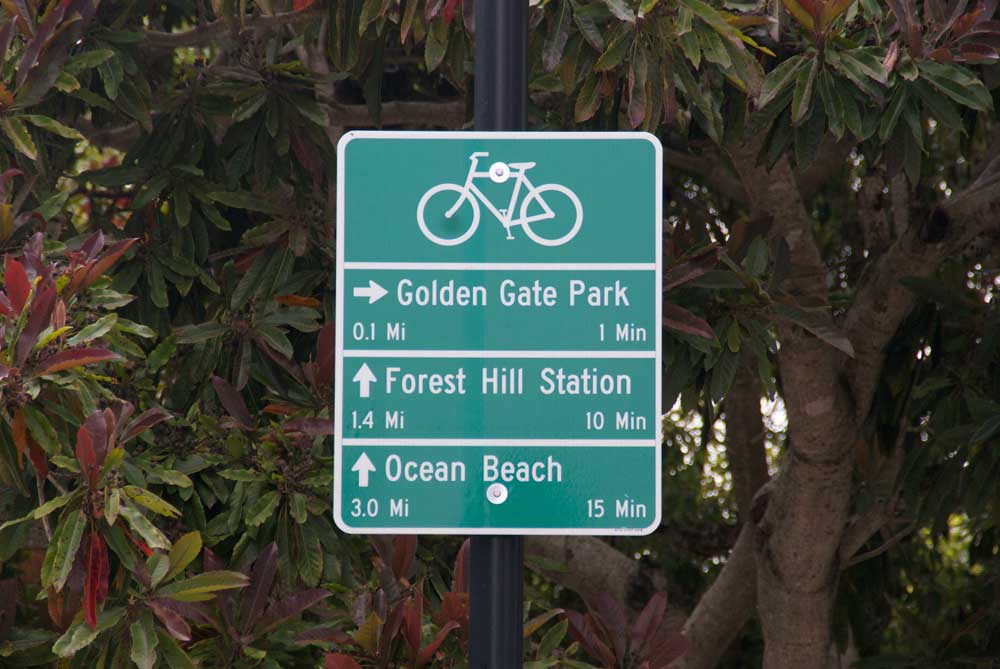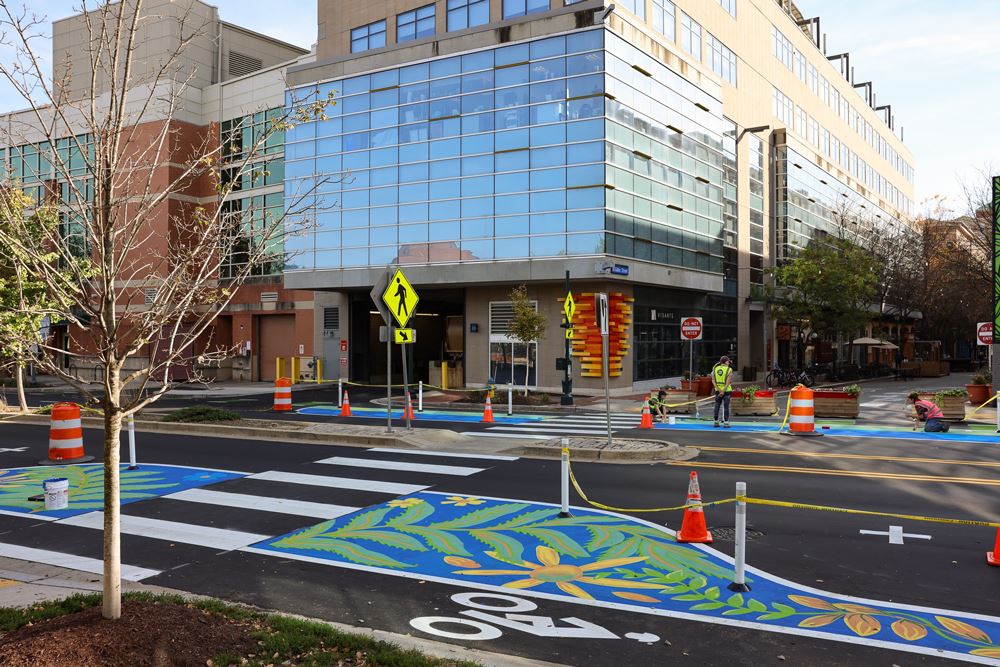
Introduction to Quick-Build
This toolkit provides resources and information for local residents and public agency staff on funding, construction, and public engagement for Quick-Build projects. Quick-Build projects use paint and other low-cost materials and techniques to improve streets quickly, typically without expensive groundbreaking or paving work. Quick-Builds can take months to go from concept to construction, instead of the years or decades that are often required for conventional street improvements.
Quick-Build projects are not usually intended to be permanent, but they are constructed of durable materials that give them a typical expected life-span of 3 to 5 years. They are defined as “interim capital infrastructure projects” by the California Active Transportation Program (ATP), and often test out concepts for more permanent bike, pedestrian, or traffic calming infrastructure changes. Similar techniques can also be used for parking management improvements.
Quick-Builds are differentiated from other kinds of “pop-up” or “demonstration” projects in that they are not intended to be removed after a short time period, returning the street to its former condition. Instead, a Quick-Build is generally replaced by a more permanent version of the project, or a new Quick-Build iteration, at the end of the materials’ lifespan.
This toolkit focuses on four areas with opportunities to implement the Quick-Build method: pedestrian, bicycle, traffic calming, and parking management improvements. It builds on official guidebooks, resources, and projects by a variety of agencies and nationally recognized organizations.
Benefits of a Quick-Build Approach
There are three primary benefits to the Quick-Build approach: Realizing meaningful safety, health and carbon reduction improvements more quickly and inexpensively, facilitating informed and productive public participation, and allowing greater flexibility in project design.
- The ongoing bike and pedestrian safety crisis and the urgent need to address out-of-control climate pollution both demand major changes to our transportation system more quickly than would be possible with today’s typical planning and construction timelines. Quick-Build can be part of the solution.
- Quick-Builds provide real physical infrastructure for the public to use and interact with over time, allowing more informed feedback than can typically be provided in a planning process that relies only on paper plans or ideas. And the nature of Quick-Build materials and techniques allows projects to be modified if necessary to respond to user feedback and on-the-ground experience.
- Quick-Build techniques allow for flexibility and creativity, often testing out new design concepts or incorporating public art into projects.
Toolkit Sections
